While developing RIPE Atlas, we are maintaining and publishing a roadmap to keep the RIPE community involved and informed of the features we are working on. Please find below our achievements in October, and plans for November 2012 and beyond.
We made progress with RIPE Atlas since the September version of the roadmap . Here is the summary of the new features, and plans for the future.
Current Highlights
- 1,912 RIPE Atlas probes are up and running (62 more than a month ago)
- To apply for a probe, please see: https://atlas.ripe.net/apply
- Hosts and members can perform four types of "customised" measurements : https://atlas.ripe.net/udm
- We have ten sponsors in total so far this year
- We have 4,654 RIPE Atlas users - an increase of 1,387 since last month!

We wanted to increase the reach of RIPE Atlas by making an extra effort to distribute probes at training courses and conferences. In fact, we became a victim of our own success; after the RIPE Atlas presentation at the recent ENOG 4 meeting in Moscow, we got featured in a popular Russian technology blog, and within a week received 900 requests for RIPE Atlas probes! This explains the recent increase in the number of RIPE Atlas users.
We will not be able to respond immediately to all 900 requests, and we are working on finding local organisations to help us with distribution within Russia.
Achievements in October
- We made a new Internet Traffic Map available, making it possible to compare TCP and UDP DNS measurements on the same map. It shows the reply time to the SOA query of a particular root DNS server over the selected transport protocol (UDP, TCP or a comparison of the two) for each RIPE Atlas probe.
- Our research team did an analysis and published an article Comparing TCP and UDP Response Times of DNS Root Servers .
- The RIPE Atlas anchor pilot continues : we have selected ten organisations to host the first ten RIPE Atlas anchors this year, based on the results of a detailed survey. If you are interested in this pilot, please join the mailing list .
-
We got two new sponsors:
AFNIC
and
Visma
.Thank you!
- New benefits for sponsors this month are:
- Easier host administration: sponsors can see all of their probes, including those not yet activated by the host
- Sponsors got access to the "Test IPv6" feature, usually available only to RIPE NCC members
- Users can now see credit earnings and consumptions by downloading monthly credits reports. We also have all the old credit transactions archived. Also, a reminder: it is not a new feature, but you can easily transfer credits from one user to another with one click (see image below).
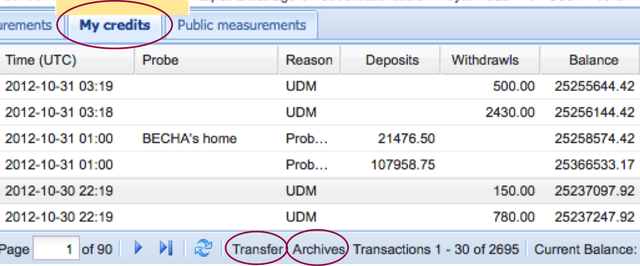
- The new firmware release will allow users to clearly see the difference between the probe rebooting and disconnecting, and will fix a few known bugs.
- You can now follow the rate of deployment of RIPE Atlas probes over time with the updated distribution and status of probes graphs . We have introduced a new category, "written off" probes, and we have published the same data in the "relative" format, as a percentage of all the distributed probes rather than the absolute numbers (see Figure 3).
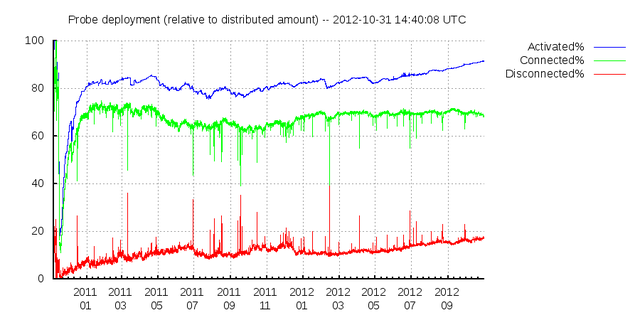
- We are cooperating with the NLNOG RING to join efforts. This will help us get more feedback from the operators community on real-life use cases for RIPE Atlas.
- Our research team used RIPE Atlas to perform two case studies: AAAA filtering and the effects of the Superstorm Sandy on the Internet .
Plans for November
In November we will continue working on internal improvements:
- Improving resiliency by removing single points of failure. For example, if there is a network disconnect, there will be no loss of collected measurement results, only a delay .
- Improving overall stability by making each component more stable and minimising the impact of a failure on the users.
In addition to that, we will be working on the following new features:
- Deploying the first RIPE Atlas anchors.
- In order to remind you if your probe is not plugged in or if it is down, we will add more automatic email notifications of events.
- We will work on increasing the number of active probes by reaching out to users to activate probes that are down.
- We will start making RIPE Atlas more known to the wider community by moving some publicly available information to the main RIPE NCC website.
- We were looking at several alternative devices, and we are now seriously considering the TP-Link model TL-MR 3020. Although this model is a wireless travel router, we will re-purpose it to perform measurements. It is cheaper, has more memory storage, and has more LEDs than the current probes, while also fulfilling all of our requirements. In the image below you can see what they look like.

- We are going to make it easier to access member-specific RIPE Atlas services, both from the RIPE Atlas user interface and from the LIR Portal. Currently, 1,506 RIPE Atlas users are members of the RIPE NCC.
- We will publish monthly top-ten lists in order to promote users with the longest uptime and those who spend the most credits.
Plans for the next three to six months
- We are starting to work on "fast track" measurements, expecting to have them available in a few months.
- Providing APIs for controlling measurements and getting access to data.
- We hope to make it easier to perform large-scale measurements by lifting all of the limitations (except daily credit consumption).
- Make UDMs more flexible and more efficient. Some specific features were requested by beta-testers, such as:
- Finding suitable probes to replace probes that no longer execute a UDM
- Automatically stopping the measurement if a user runs out of credits
- Adding newer probes to the running measurements
- We will create additional Internet traffic maps based on RIPE Atlas data, to illustrate the health (e.g. reachability) of measured networks.
- Migrating DNSMON functionality to RIPE Atlas and RIPE Atlas anchors.
- Improving the presentation layer by representing RIPE Atlas data in RIPEstat and:
- Enabling customised views and embedded widgets in your dashboard
- Adding dynamic data visualisation
- Adding mobile applications for viewing measurement results
Possible additional features include:
- Anomaly detection - customised notifications
- HTTP/TCP measurements
- Collecting incoming measurements on RIPE Atlas anchors
... and many more features, based on your feedback!
Questions for You
- What would you like us to improve in the current functionality?
- What are the most-wanted features for each of the items planned for the next release?
- What functionality do you find most important to be implemented within the next three to six months? Which one(s) should have priority?
Feedback
If you would like to give us any other input or if you want to talk with us, you can get in touch via:
- For direct feedback: becha [at] ripe [dot] net or @Ms_Measurements (use #RIPEAtlas)
- The RIPE Atlas mailing list for active users, also followed and answered by developers: ripe-atlas [at] ripe [dot] net
- If you want to report a bug or problem, the ticketised mailbox: atlas [at] ripe [dot] net
Relevant RIPE community mailing lists:
- Measurement, Analysis and Tools Working Group mailing list: mat-wg [at] ripe [dot] net
- The RIPE NCC Services Working Group mailing list: ncc-services-wg [at] ripe [dot] net
We also follow other network operators' lists and events.
For more information see
https://atlas.ripe.net

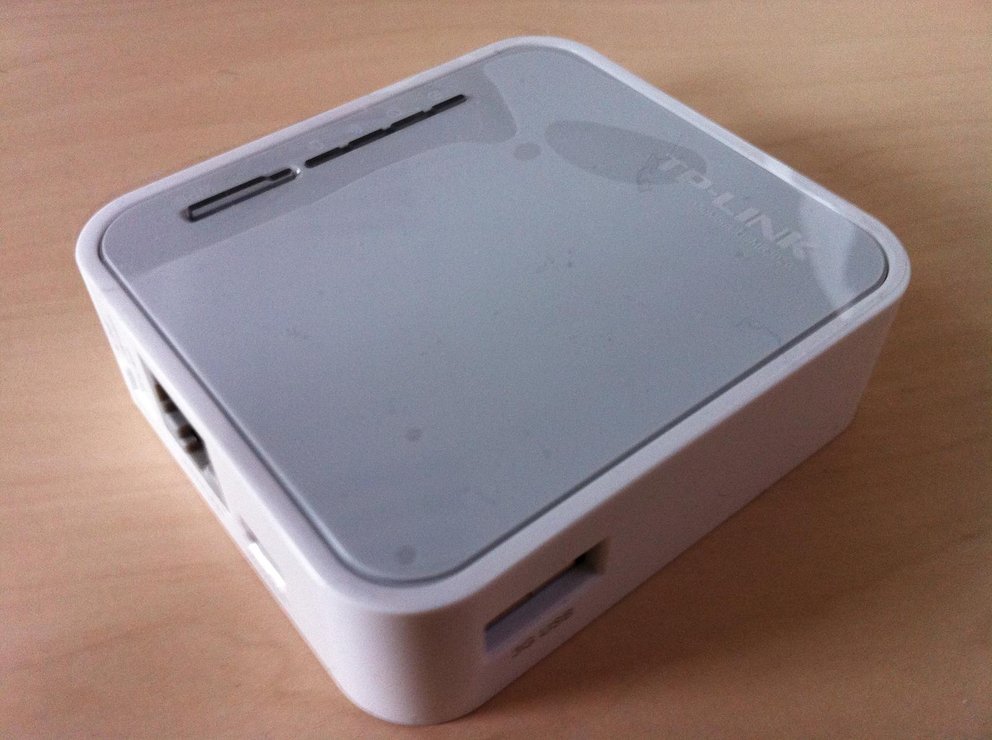
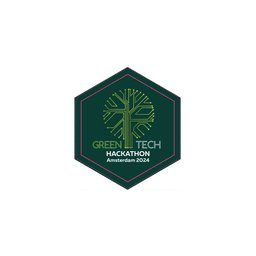
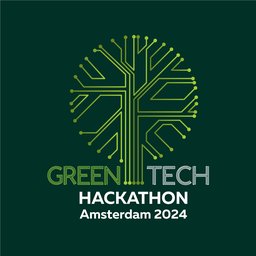
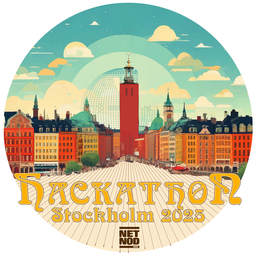
Comments 2
The comments section is closed for articles published more than a year ago. If you'd like to inform us of any issues, please contact us.
Leo Vegoda •
Why is the number of LEDs on the probe important?
BECHA •
Leo, "Increased number of LEDs" was supposed to be followed by the :) OTOH, they are just there, and we might want to use them to create LED-art... or indicate other events on the probes, if possible <wild imagination> yellow for your probe being used as a source, orange if used as destination</wild imagination>.